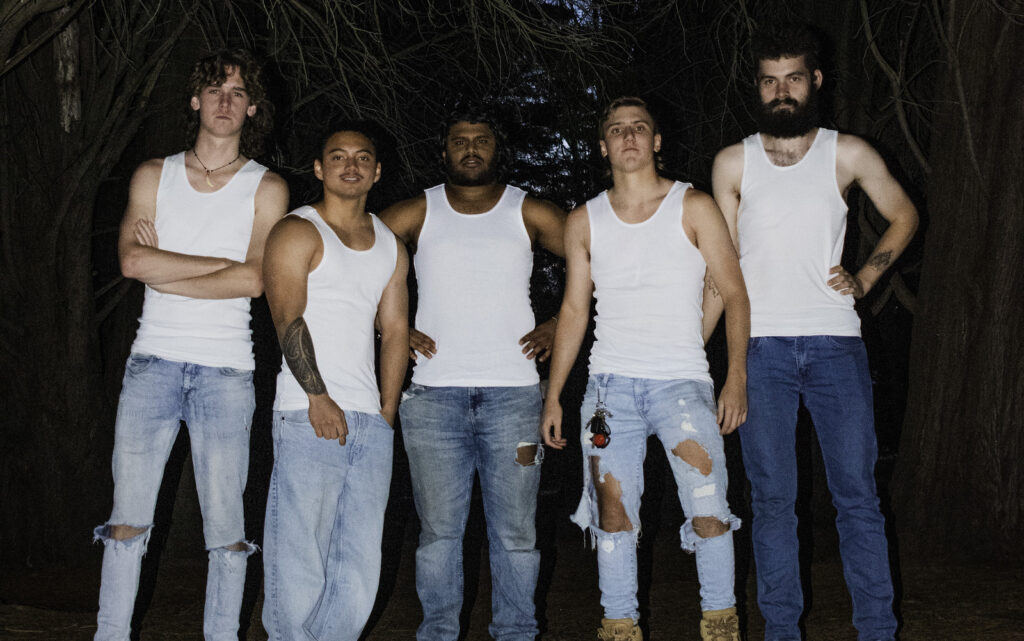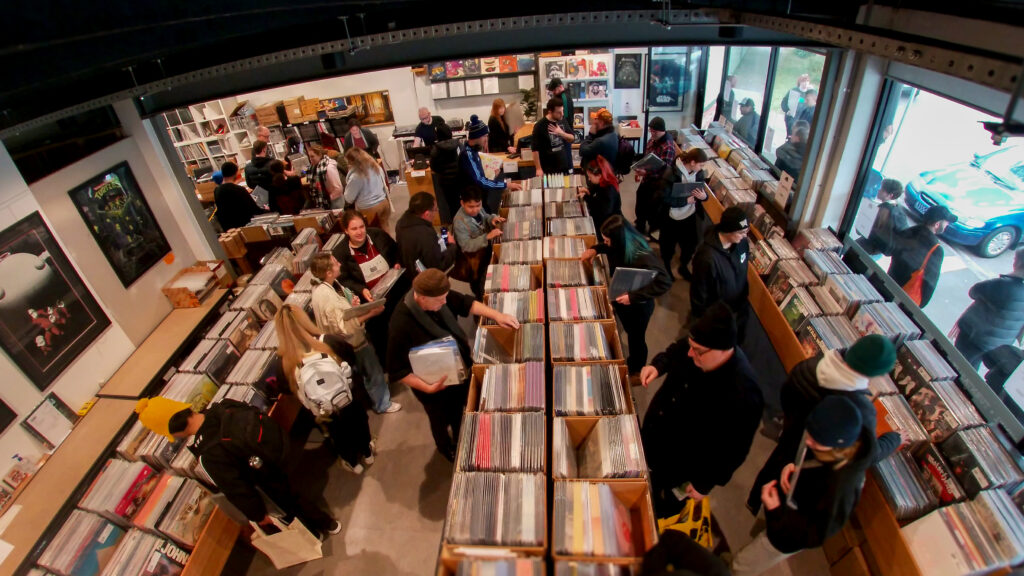Formed in 2006 by Marita Dyson and her fiancé Stuart Flanagan – “We’ve been engaged for about eleven years,” admits Dyson with a laugh. “We never got around to getting married! Whenever we decided we’d try to get married, we’d say, ‘Let’s try to make an album first!’” – The Orbweavers first burst onto the local scene with their debut record Graphite & Diamonds, its remarkable single Diving Bell still casting a haunting spell over the listener to this day.
Dyson was recently on hand, fielding a call from her home near Merri Creek, to discuss the recording of the new album, the inspiration her natural surroundings provide and the nurturing nature of Melbourne’s music scene.
First off, I’m curious as to how the recording of Loom differed from that of their debut offering. “I think it’s different, because with the first album you have the chance to play songs for a long time, and then approach them,” reveals Dyson. “Whereas with the second album, we wrote a lot of the songs and then recorded them, and then played them; in that reverse order.
“I think it probably gives the recorded songs room to have more creative scope, because you’re not thinking about the practicalities of playing them live when you’re writing them. So you write them with a bit more space as opposed to locking into the version that you’ve already played live. But I think it was a nice change of approach!”
The Orbweavers’ music has always drawn its quiet strength from nature and science and history, but with Loom – especially the double A-Side single Japanese Mountains/Spotswood, a tribute to Japanese volcanoes and the historic Spotswood Sewerage Pumping Station – there seems to be a much more focus on their local surroundings. I asked Dyson about that sense of longing for the natural past and memories of nature.
“I think [my interest] comes from two sources,” she says. “The first, I think, was during my childhood. I think a lot of people feel this way. The world you inhabit when you’re a child, particularly if you spend a lot of time in your backyard and not with any prescriptive toys, you end up experiencing the natural environment properly: creating games out of whatever; leaves and sticks and rocks and things you find around you. So that kind of childhood, the yearning for the natural environment I think becomes much more acute, at least for me as an adult. I just spend so much of my time in cars or doing tasks or at work. I’m not engaged with the natural world or even sculpted natural worlds like parks and gardens, because I’m doing these daily activities.
“The second reason that these ideas might be apparent in the album is that a few years ago Stuart and I moved to a house near Merri Creek. It had a really profound impact on both Stuart’s and my relationship to our local environment; it taught us about the real history of the place we were living in.”
My curiosity piqued, I ask her for an example, which she is happy to provide. “It happened over a few years, and through going on walks through the creek with our dog [One of the stand-out tracks off of Loom is called You Can Run (Fern’s Theme), an ode to the yearnings of Dyson and Flanagan’s bridled greyhound]. The first time I’d walked down there, I came across this Heritage Information plaque on a viewing platform and it had been graffitied over a bit.
“I had to spend a bit of time trying to read the text and it explained that the area used to be a quarry. And I’d always wondered what the big bluestone abutment that stuck out from the platform was, and it turned out it was the base of a crane. And that in itself started up a chain reaction of [researching the area] on the internet whenever I got bored. I really like finding out the history of places within my immediate locale, and I think it’s because you can stand on a site and imagine what it was like in the past and think about how other people have stood on that very spot; and how buildings once occupied certain places and how the landscape changes and the fragments of old buildings that are often left standing.
“It’s really interesting if you look around in parts of Melbourne; there are a lot of fragments of the past, and it just sparks my imagination – it makes me feel connected to the place even more!”
According to Dyson, the landscape itself might even be responsible for Melbourne’s incredibly diverse and majestic music scene. “The fact that it’s flat as opposed to Sydney, it helps people connect – it’s quite easy to go to the north part of town or the south to the City, and on any given night you can see a band in any of these locations,” she states. “It’s quite reasonable to be able to ride a bike across Melbourne to see bands in any corner of town! It’s a very good, healthy music community. Everybody listens to each others’ records, and that creates a dialogue. Also, local radio stations like Triple R and PBS and 3CR really help to support and engage with a broad audience across the city, so even if people can’t get to certain areas of town physically, they can still be connected through the airwaves!”







